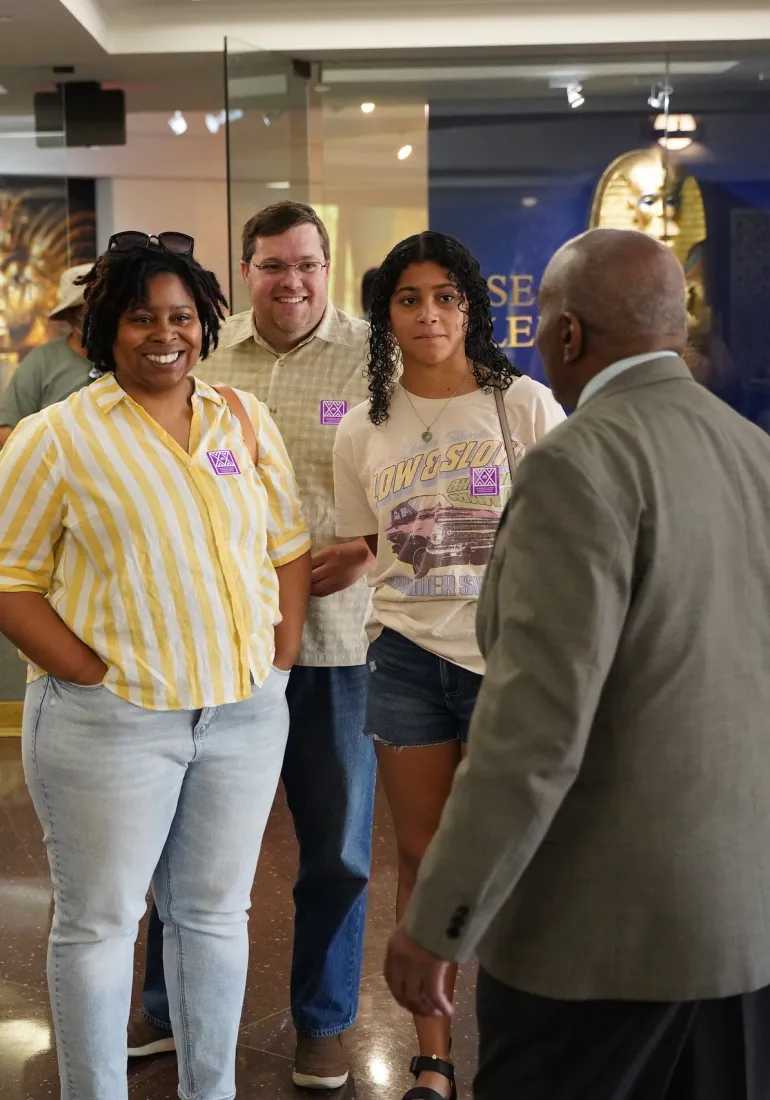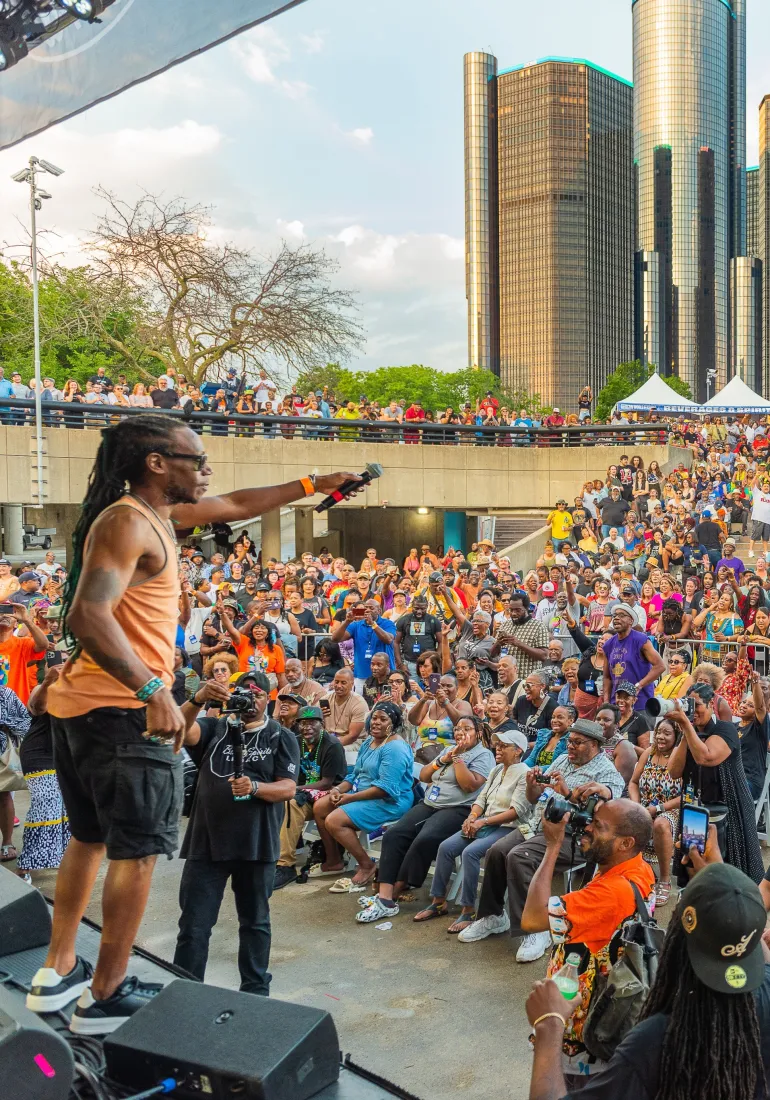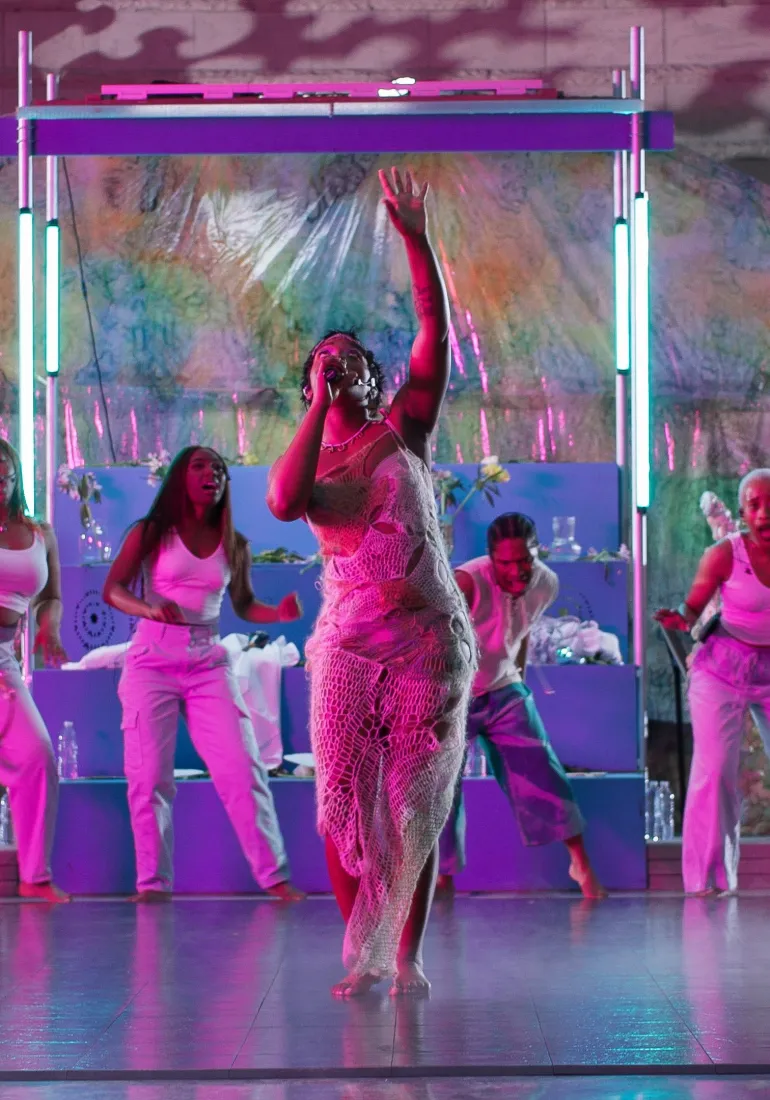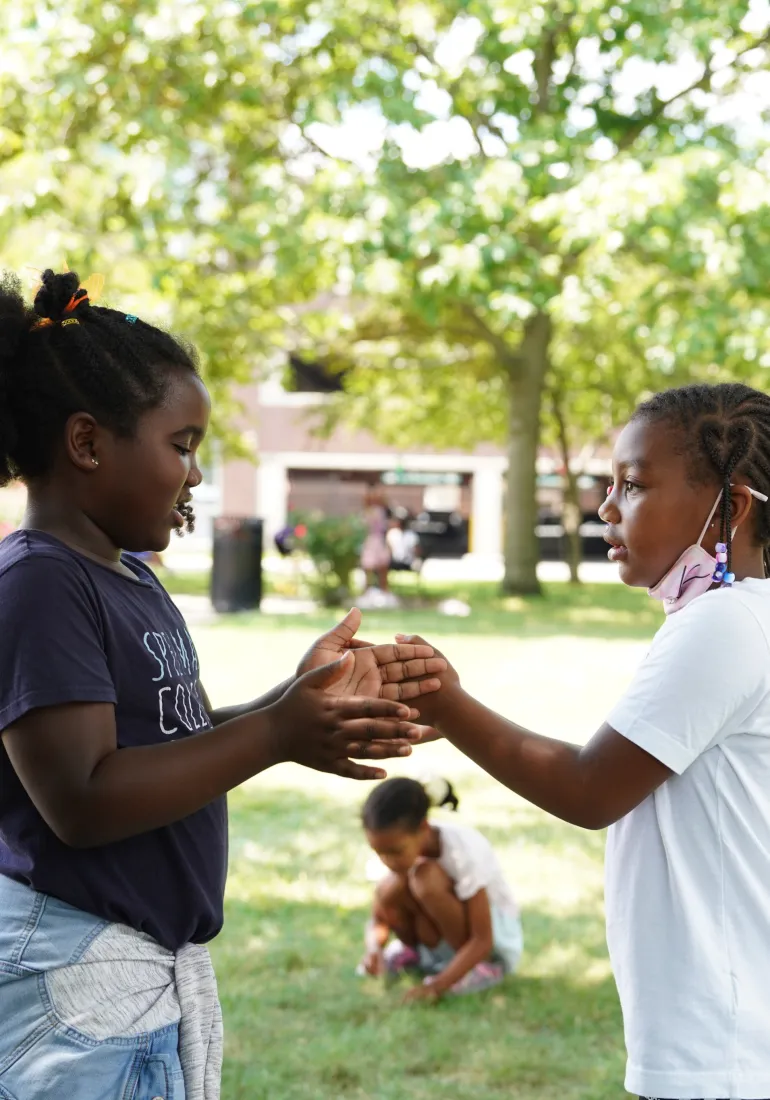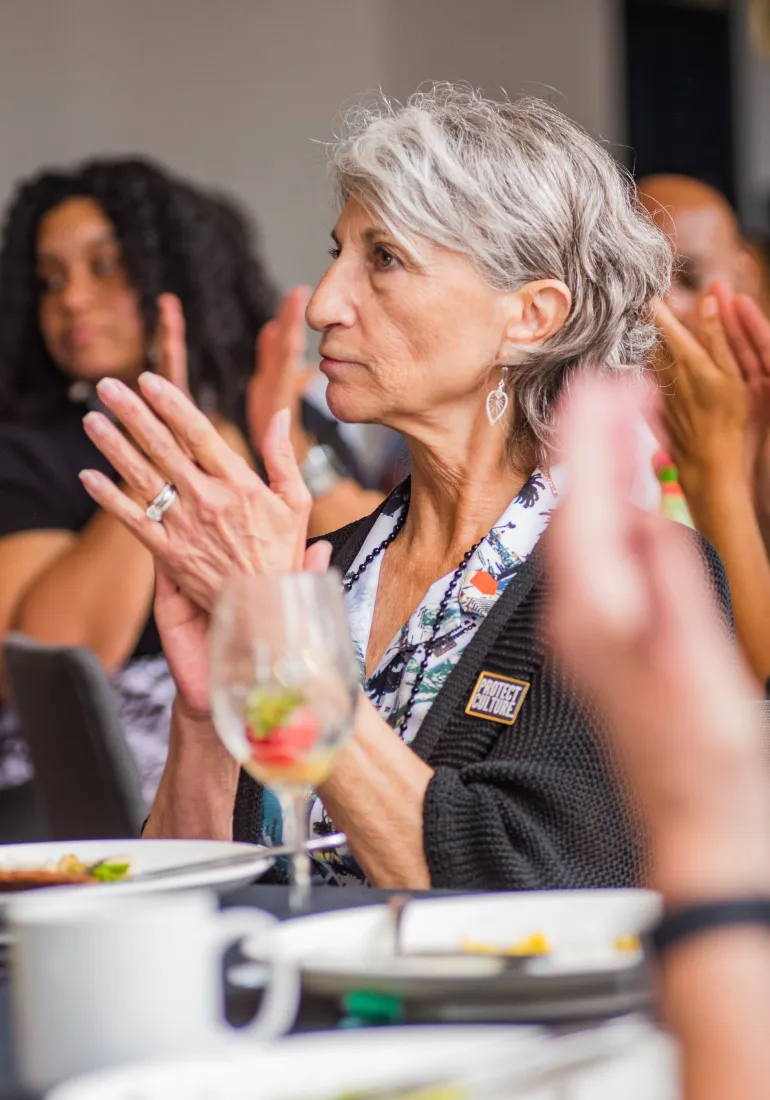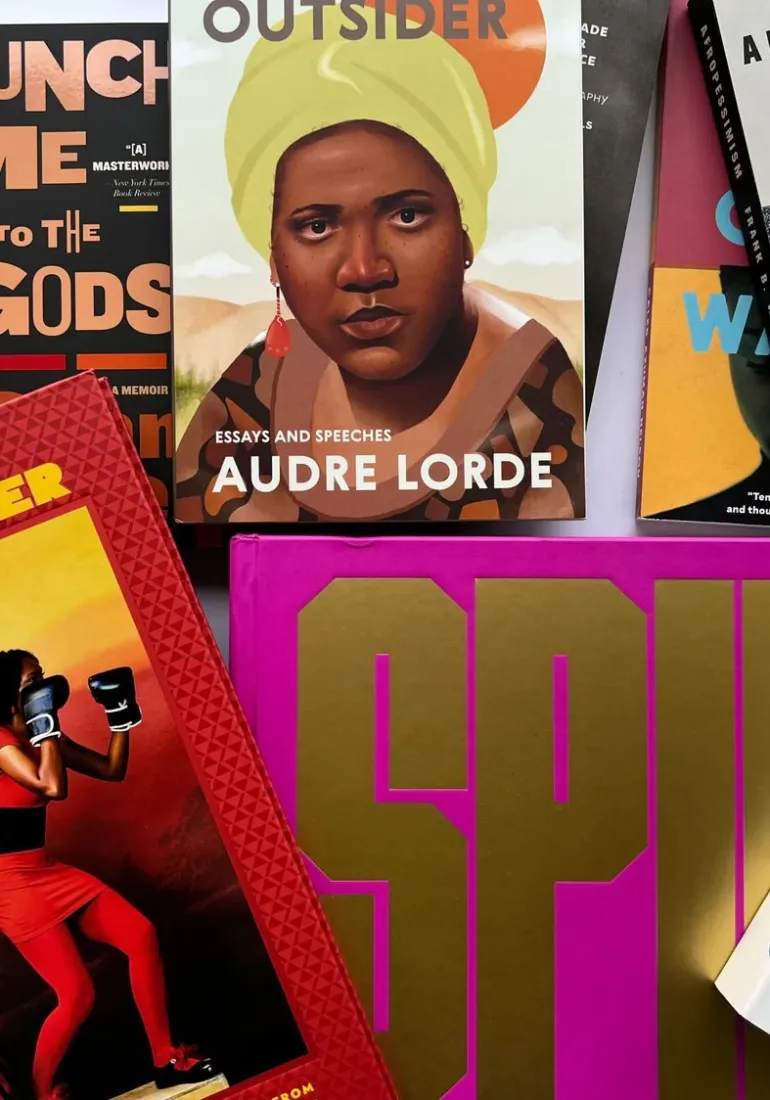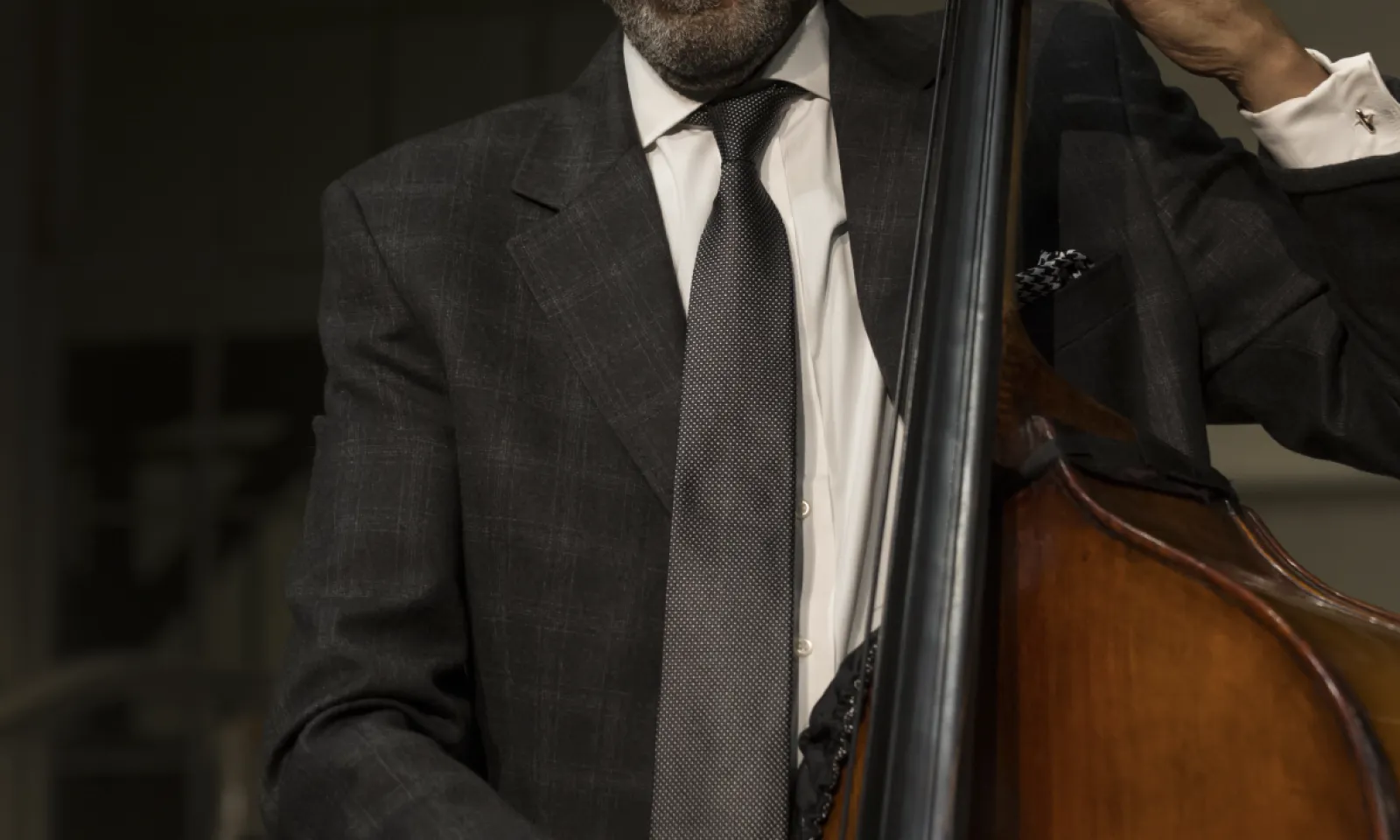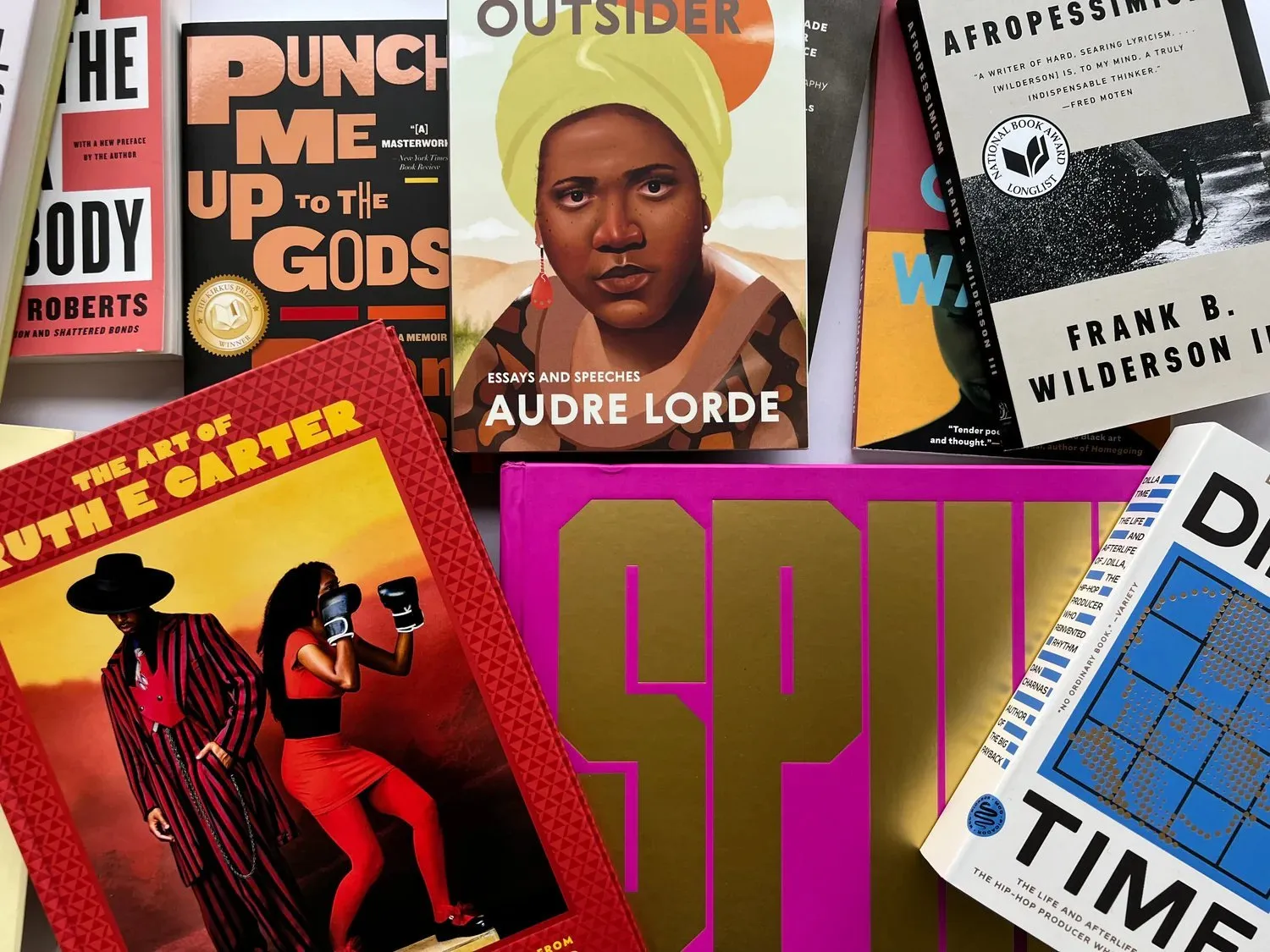Detroit Jazz: The Legacy Continues shone a light on Detroit Jazz Musicians who made an impact on the local, national, and international jazz scenes.
Wright staff members built Detroit Jazz as a companion to the Jazz Greats exhibit, focusing on the Detroit artists who have lived and worked among us. Amid racial segregation, these musicians expressed themselves and offered solace and escape through their music.
This exhibition explored a few of the many Detroit musicians and venues that influenced jazz music. Organized in five sections, the stories captured the lives and spirit of Black jazz musicians who have contributed to the genre.
An Introduction to Detroit Jazz
In 1975, William “Billy” Taylor, Ph.D., declared: “Jazz is America's classical music.” Dr. Taylor recognized jazz as an American original music genre, identifiable by its unique rhythms and improvisations. New Orleans, Louisiana, is considered the cultural melting pot where West African rhythms, southern spirituals, the Blues, and European compositions were combined to create jazz. Black musicians used jazz to communicate their experiences of inequality, pain, artistry, joy, racial oppression, and spirituality.
In the 19th century, Black musicians began leaving the South to find jobs. They spread jazz throughout the United States, including such cities as Chicago, Detroit, and New York. During the 1920s, Black musicians in Detroit, including Theodore Finney, Fred S. Stone, and Benjamin Shook, dominated the society band scene. These musicians expressed themselves through early jazz genres like ragtime, swing, boogie-woogie, bebop, marching, and big band music.
By the 1940s, Detroit’s Black communities, including Paradise Valley and Black Bottom, offered musicians and jazz lovers numerous places to play and listen to jazz. Amid racial segregation, Detroiters found solace and escape through the music. Today, jazz remains at the center of R&B, hip-hop, and rap, and serves as a tool for many marginalized groups.
30% decrease
We've cut our exhibition carbon footprint by 30% in recent years, advancing our commitment to environmental stewardship.
